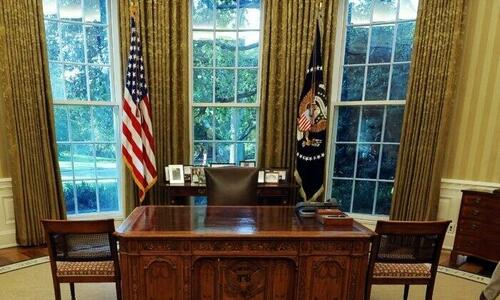
EUR/USD Poised for Bullish Run Amid Overbought Signals – A Comprehensive Technical Analysis – 11/04/2025
Tháng 4 10, 2025Navigating the Bearish Tide: Key Insights on USD/JPY Currency Pair Trends
Tháng 4 11, 2025The Supreme Court’s Role in Defining Presidential Power Amidst Executive Actions
Recent discussions regarding the necessity for the Supreme Court to clarify the boundaries of presidential power have gained prominence, particularly in light of former President Donald Trump’s vigorous utilization of executive authority. As Trump took to exercising executive orders and other forms of unilateral action, the Supreme Court’s responses have underscored an intricate balance between executive authority and the checks and balances integral to the Constitution.
The Supreme Court’s Cautious Approach to Executive Power
In recent cases concerning Trump’s executive actions, the Supreme Court has displayed a deliberate and cautious demeanor. Rather than engaging in direct confrontation with the substance of his policies, the Court often navigates these waters by addressing procedural matters. This approach has allowed them to sidestep contentious political implications while still making significant decisions on executive actions, such as ruling on matters relating to the deportation of immigrants and the termination of federal employees. By lifting lower court orders with narrow majorities, the Court has, in effect, granted the executive branch broader latitude, which ironically can pave the way for a more expansive interpretation of presidential power.
The Implications of Humphrey’s Executor v. United States
A significant case that may soon come under the Supreme Court’s scrutiny is Humphrey’s Executor v. United States (1935), which established limitations on a president’s authority to dismiss heads of independent agencies without just cause. Should the Supreme Court decide to reassess this precedent, the implications for presidential power could be monumental. Overturning Humphrey’s Executor could either empower a president to exert greater control over independent regulatory bodies or reinforce the independence of these entities, depending on the Court’s ruling. Thus, this decision could reshape the relationship between the executive branch and independent agencies, fundamentally altering the landscape of American governance.
President Trump’s Executive Orders and Constitutional Concerns
Furthermore, Trump’s recent executive orders, particularly those targeting law firms connected to anti-Trump lawyers, have raised substantial constitutional questions. The broad and ostensibly retaliatory nature of these orders has led legal experts to voice concerns over their implications for the separation of powers and the First Amendment. These actions reveal a potential vulnerability within the Constitution’s framework, which is designed to shield individuals from governmental overreach.
In tandem with this, Trump has directed various federal agencies to revoke regulations deemed unlawful under the precedents set by recent Supreme Court decisions. This approach not only reflects an effort to reshape the federal regulatory landscape but also intensifies calls for the Court to provide essential clarification on the limits of executive power.
The Urgency for Clarification on Presidential Authority
As the nation observes these developments, the urgency for the Supreme Court to clarify the scope of presidential power becomes increasingly evident. This situation highlights the significant tension between executive authority and the constitutional principles designed to prevent its abuse. As the Supreme Court prepares to navigate through these complex issues, the implications of its decisions promise to resonate through American politics and governance for years to come, ultimately influencing how presidents exercise power in the future.

